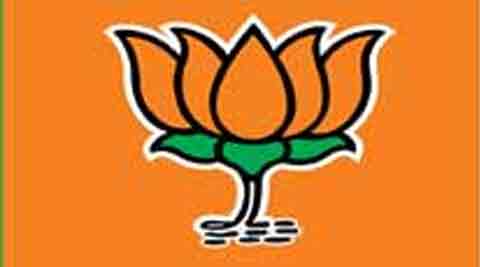Opinion Both J and K
PDP-BJP coalition must settle AIIMS dispute with care, avoid pandering to regional chauvinisms.

Once again, it appears to be Jammu versus Kashmir as a noisy spat breaks out over where a new AIIMS should be located. The medical facility is to come up in Kashmir, and this has provoked protests and bandhs in Jammu. The Valley, meanwhile, is smarting over the fact that the new IIT and IIM will be located in Jammu. How these regional antagonisms are handled will be crucial — it could even become the litmus test for J&K’s new coalition of extremes. When “soft separatist” PDP and “Hindu nationalist” BJP came together to form a government this February, it was seen to be a new moment of maturity for democratic politics. Two parties with undeniably conflicting agendas had entered a process of give and take. It was also the only possible coalition that could represent both regions of J&K, given that the BJP draws its support from Jammu, while the PDP’s traditional constituencies are in the Valley. The present moment’s contentions threaten the promise of that novel coalition.
The faultlines between Jammu and Kashmir have long been entrenched in the state’s administration and politics, springing from a potent mix of regional loyalties and communal anxieties between the Muslim-majority Valley and Hindu-majority Jammu. J&K is a state with virtually two separate administrations. The separateness of the two regions and their institutions has sometimes erupted in violent confrontations, as, for instance, during the Amarnath land row of 2008 and the communal riots in Kishtwar in 2013. Successive state governments have only pandered to the divide and perpetuated it, a trend that has deepened with the coalitions of recent decades. When the Amarnath land row intensified under the PDP-Congress government, the alliance partners were ranged against each other, the Congress claiming to speak for its Jammu bastions and the PDP for the Valley. The NC-Congress coalition that succeeded it grew strained over the question of decentralisation, with the Congress recommending more administrative units for Jammu and the NC seeming to favour the Valley.
If the new coalition is to succeed, it must break out of these set patterns. In the current dispute, by all accounts, the BJP has taken up cudgels for “marginalised” Jammu, while PDP MPs aggressively demand a separate IIT and IIM for the Valley. But a coalition invested in providing better governance must prioritise other considerations. The AIIMS question could be settled through a need-based approach. Inaccessible areas in the Valley, for instance, would benefit from medical services that a new AIIMS would provide, while new institutions of higher education could transform underdeveloped areas of Jammu. In days to come, the J&K government must handle this dispute with care. What it decides now could set the tone for the rest of its tenure.





